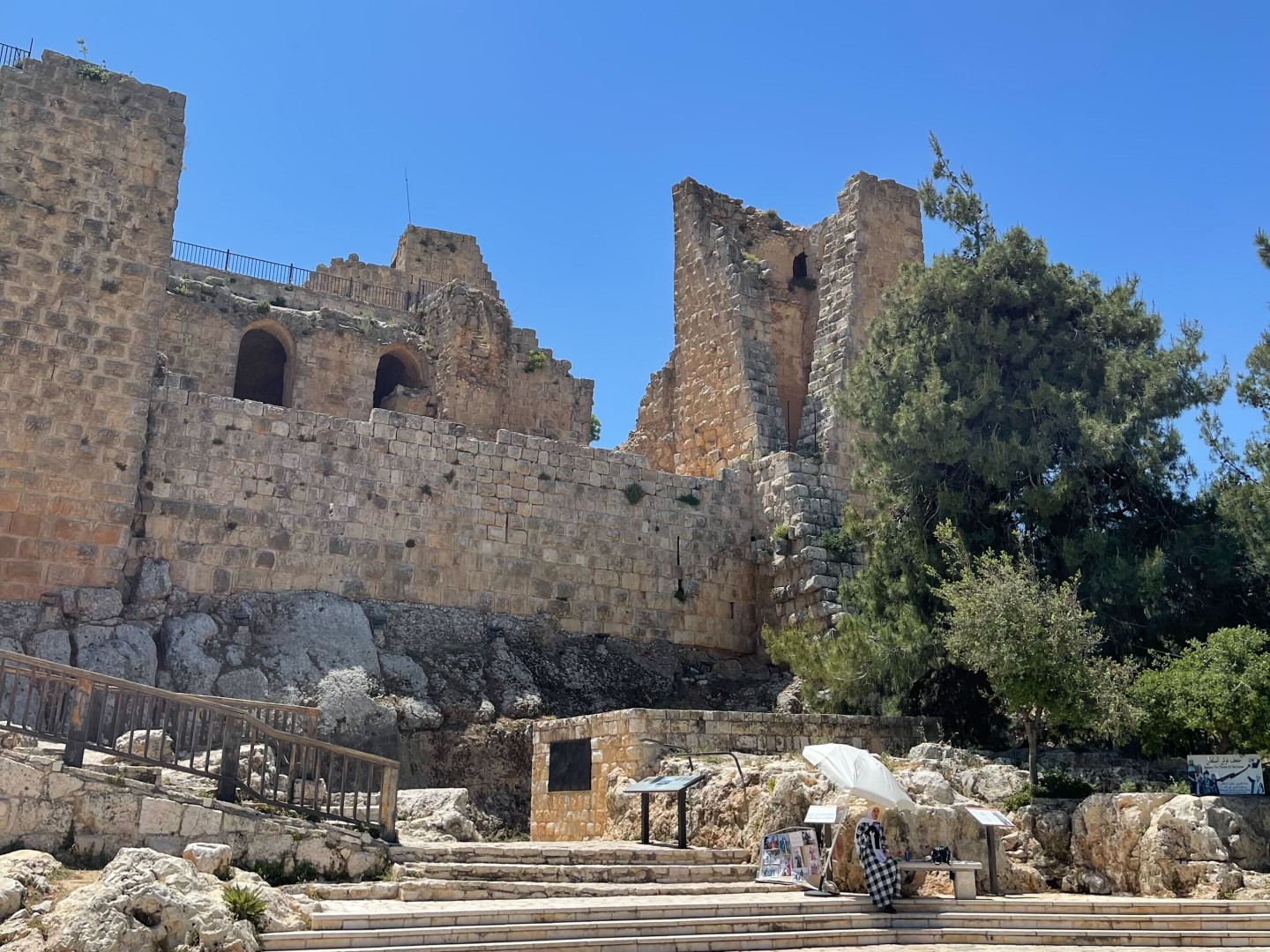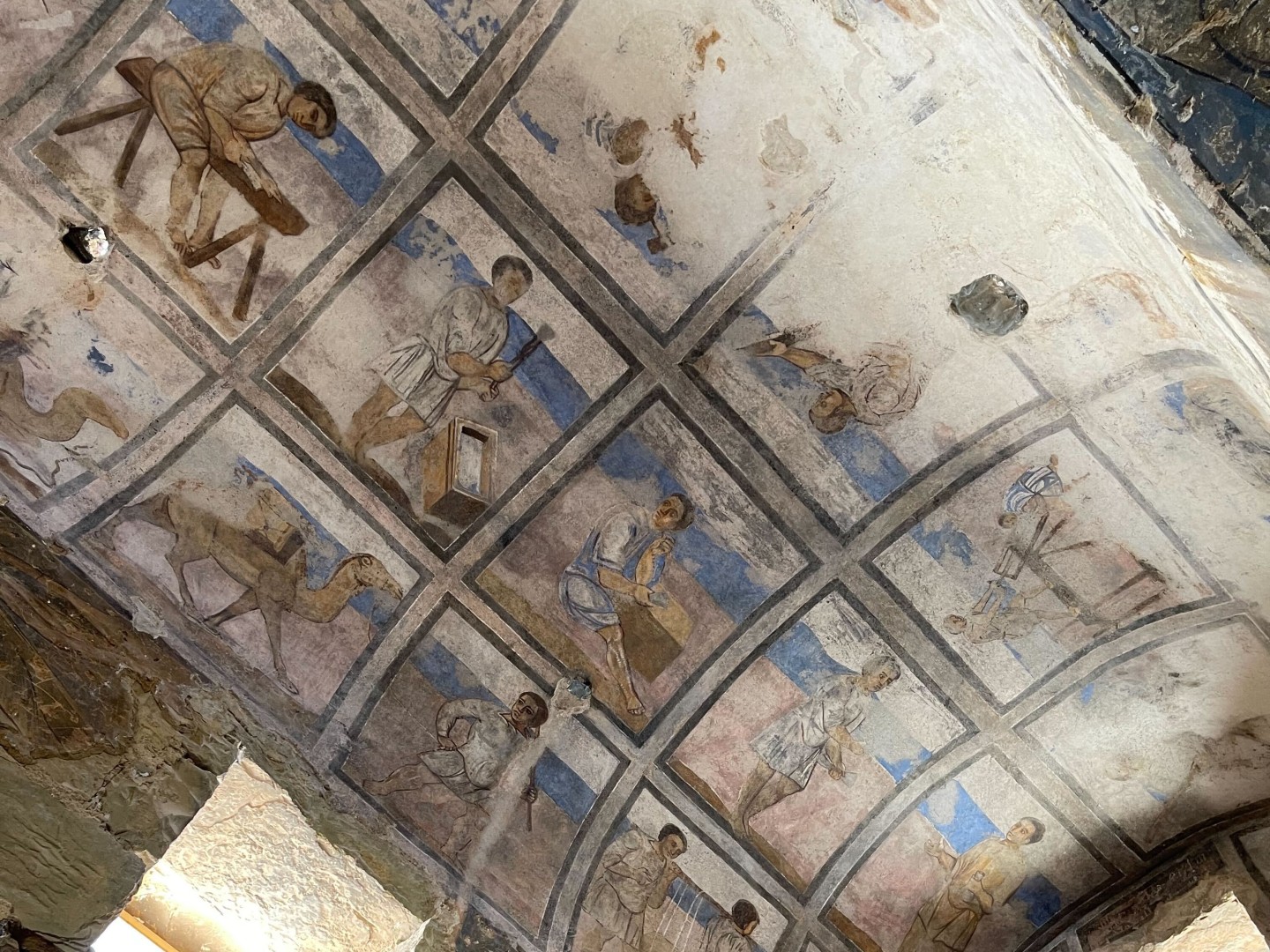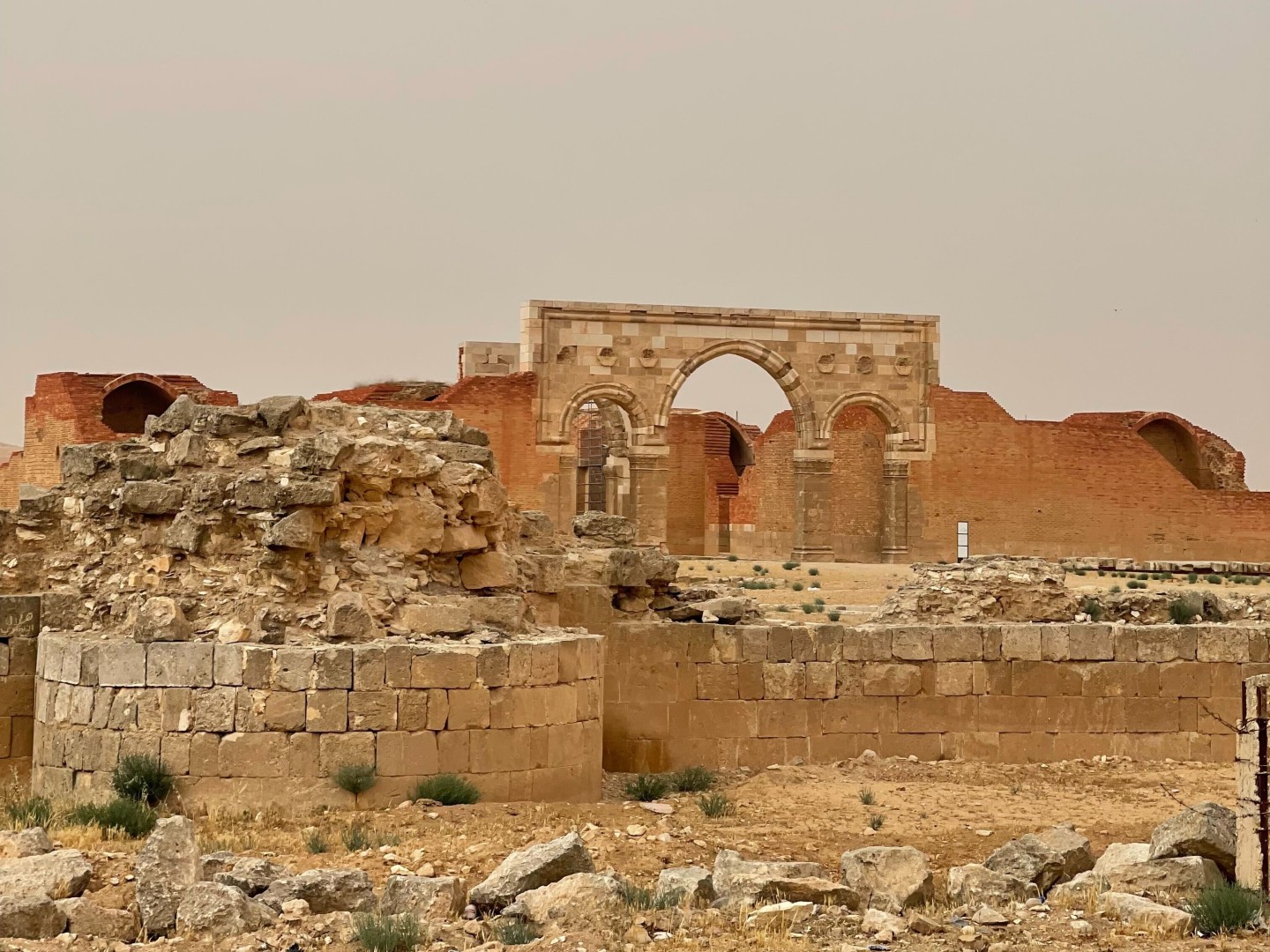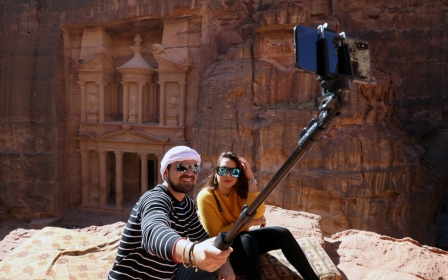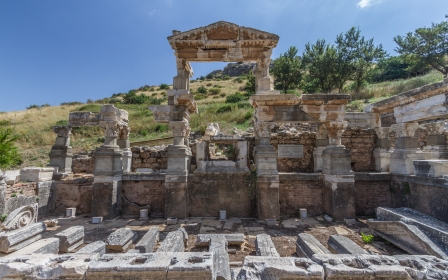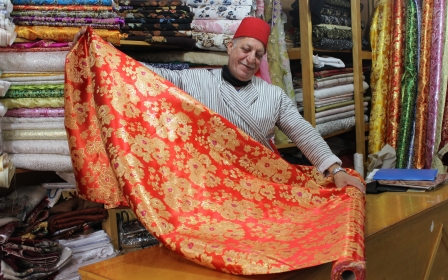Five historic castles you should visit in Jordan
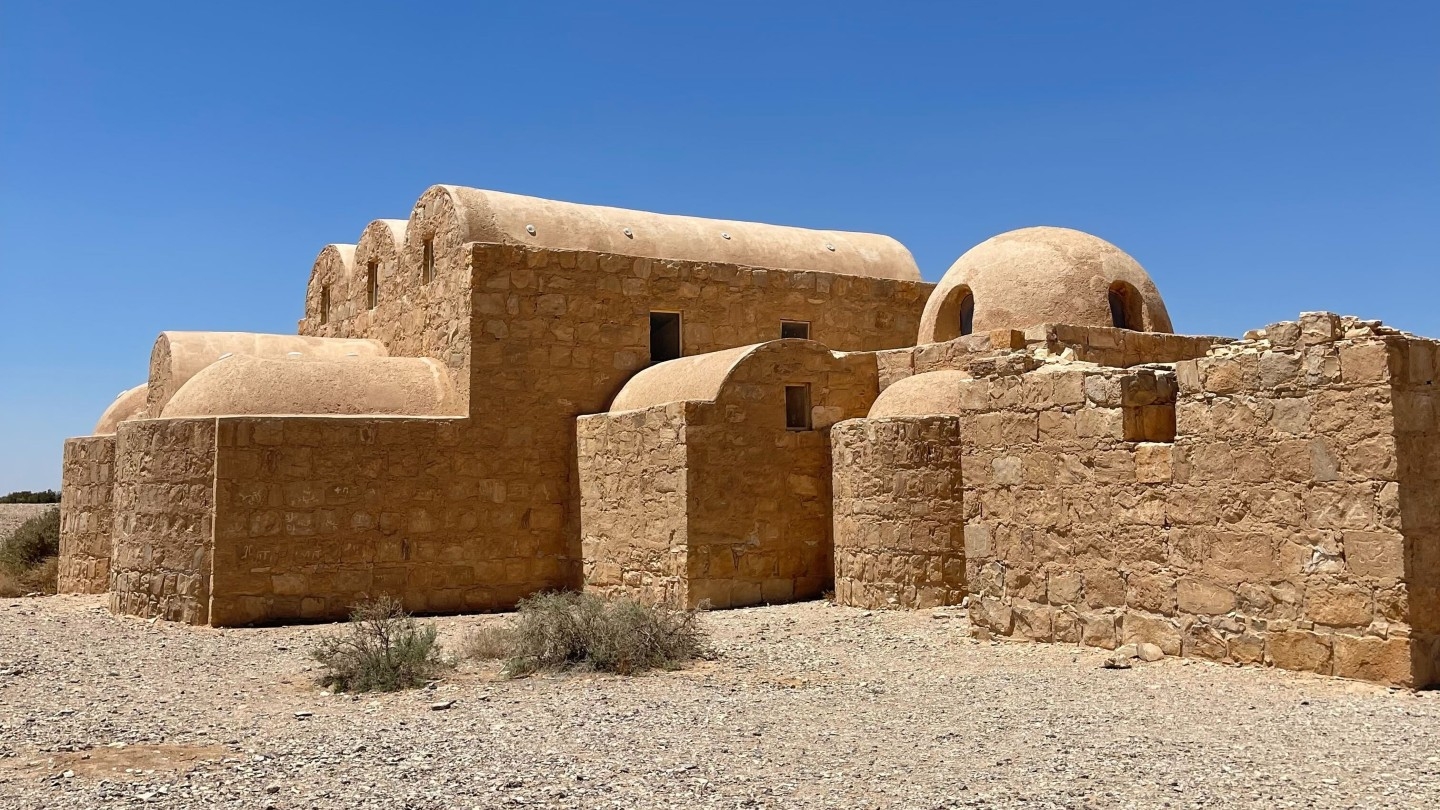
Jordan has long been a favourite spot for visitors to the Middle East, with its well developed tourism infrastructure and its abundance of historic sights.
The ancient Nabataean kingdom's capital of Petra is a must-see, as is spending a night in Wadi Rum, the remarkable southern valley of the moon cut into sandstone granite rock.
There's also no shortage of Roman ruins, including the amphitheatre and citadel in the capital Amman and the ancient city of Jerash, thought to be the best preserved Roman ruins outside of Italy.
But outside the hustle and bustle of the major tourist sights and downtown Amman, there's another way to engage with the Hashemite Kingdom's ancient past: with a tour of its castles.
Littered across the country are fortified structures that bear testament to the turbulent history of the Levant during the Middle Ages.
From fortresses that swapped hands between Crusaders and Muslim emperors, to royal palaces featuring some of the earliest (and most surprising) Islamic art, many of these castles are simply unmissable.
Middle East Eye takes a look at five of the most significant castles in Jordan.
Ajloun
Ajloun Castle is a well-preserved hilltop fortress in northwest Jordan with stunning panoramic views, near the ancient city of Jerash.
It was built in 1184 by Izz al-Din Usama, nephew and general of Saladin, the legendary Kurdish founder of the Ayyubid dynasty who fought the Crusaders and ruled over large swathes of the Levant, North Africa, Egypt, Upper Mesopotamia and the Arabian Peninsula.
The castle was commissioned by Saladin to guard against Crusader incursions and protect trade routes between Jordan and Syria. Because of this, it didn't fall into disuse until late in the Ottoman era.
The fortified structure was built 1,100 metres above sea level, and visitors can now enjoy views that include the Jordan Valley, Palestinian towns and cities in the Occupied West Bank and Mount Hermon in Syria and Lebanon.
It came under the rule of the Mamluks in the mid-13th century, and was briefly occupied and severely damaged by the Mongols in 1260. After recapturing the fortress, the Mamluks renovated and extended Ajloun Castle. Much of what can be seen today dates back to this period.
When the Ottoman empire later ruled over the region, it garrisoned the structure with soldiers for several centuries until 1837, when an earthquake led to its abandonment.
Azraq
Located 62 miles (100km) east of Amman is Azraq Castle, a fortress built by the Romans but probably best known for its connection to Lawrence of Arabia, which came almost 1,700 years later.
One of the most striking features of Azraq is its slightly darker colour compared to other historic buildings in the region. The Romans used locally sourced black basalt to build the stone structure in 200 CE, giving it a black-blue hue.
The strategic location was chosen due to a nearby oasis being the only water source in over 7,000 square miles.
The castle in its current form was the result of a rebuild by Ayyubid emir Izz ad-In Aybak in 1237. It includes a huge weighty door made of a single slab of basalt, the hinges of which are greased with palm tree oil for easy access.
The door was mentioned by TE Lawrence, the British diplomat dubbed Lawrence of Arabia, who spoke fondly of Azraq in his autobiography Seven Pillars of Wisdom.
Lawrence made the fort his headquarters along with Sharif Hussein bin Ali, who went on to become King of the Hejaz, in the winter of 1918 during the Arab revolt against the Ottoman Empire.
"Lawrence’s Room" has become one of the biggest draws for tourists visiting Azraq, who can see his chamber overlooking the entrance gatehouse complete with arrow slit windows for defence.
Karak
Karak Castle was one of the largest castles built by the Crusaders in the Levant, and is now a major tourist attraction in Jordan.
The castle was built in 1142, and quickly became the most important centre of military and administrative control in the Transjordan region.
In the early 1170s, the infamous Reynald of Chatillon gained control of Karak, from which he harassed caravans of Muslim worshippers heading towards Mecca.
The French nobleman even attempted an attack on Islam’s holiest site itself, which prompted Saladin to beseige the castle. Following a lengthy siege after the Battle of Hattin in 1187, the Crusaders surrendered the castle - and it has been in Muslim hands since.
While it may not be considered to be the finest of the many Crusader castles across the Middle East (that accolade likely goes to the stunning Krak des Chevaliers in Syria), it is certainly one of the most imposing and forbidding.
The fort has excellently preserved mazes of corridors and chambers, with endless stone vaulted halls and passageways. It makes for an ideal stopping point for tourists en route to Aqaba or Wadi Rum in the south along the Desert Highway.
Amra
A trip to Jordan would not be complete without a visit to Qasr Amra - the only castle in the country to have Unesco World Heritage Site status.
The Umayyad site was likely to have been built by Caliph Walid II around 743, as a pleasure retreat for the empire's rulers, away from the bustling capital Damascus. The building consists of a reception hall and hammam (bath complex).
Perhaps an unsuspecting structure when viewed from the outside, the real marvel is its spectacular and surprising mural paintings inside.
Extensive frescoes covering every wall and ceiling of the complex depict ancient rulers, hunting scenes and even dancing naked women. The paintings draw on pagan and Byzantine influences, showing little regard for Islamic prohibition on the depiction of animals and humans.
Unesco highlighted the uniqueness of these secular paintings from the very early stages of Islamic art, which later came to be typified by arabesques, geometric patterns and calligraphy.
One of the most famous murals at Qasr Amra depicts six kings who had been defeated by the Umayyads, from Persia, Byzantium, Spain, Ethiopia, China and Central Asia. Another fresco, on the domed ceiling of the hammam room, is thought to be the earliest surviving portrayals of the heavens on a hemispherical surface.
For many visitors to Jordan, this site is the highlight of the "Desert Castle Loop", a trip to the eastern desert that encompasses visits to Amra and Azraq, as well as Umayyad fortresses Qasr Hallabat and Qasr Kharana.
Mshatta
Qasr Mshatta is the largest Umayyad palace in Jordan, located near Amman’s Queen Alia International Airport.
Like Amra, this winter residence was also likely to have been built by Walid II, though it is thought to be incomplete due to his murder in 744.
Despite the name, it was not in fact a castle, and instead more akin to a grand palace created to provide a prestigious setting for the caliph to host audiences and conduct meetings with tribal leaders.
Among the rooms is a small mosque, the mihrab of which is still visible today, and faces towards Mecca.
Sadly for visitors to Jordan, the most impressive feature of the site - the Mshatta facade - is mostly no longer in its place of origin.
The world-renowned Mshatta facade is one of the earliest examples of Islamic art and architecture. It consists of zigzag patterns surrounded by carved surfaces of interwoven vines, animals and humans.
The facade is influenced by Persian and Sassanian mythical animals and Coptic iconography, and is considered to be an important example of Islamic art synthesising eastern and western themes.
While some of it is still in situ, the most decorative element of the Mshatta facade was gifted to German Emperor Wilhelm II in 1903 by Ottoman Sultan Abdul Hamid II in gratitude for the construction of the Hejaz Railway. It is now permanently installed in the Pergamon Museum in Berlin.
This article is available in French on Middle East Eye French edition.
Middle East Eye propose une couverture et une analyse indépendantes et incomparables du Moyen-Orient, de l’Afrique du Nord et d’autres régions du monde. Pour en savoir plus sur la reprise de ce contenu et les frais qui s’appliquent, veuillez remplir ce formulaire [en anglais]. Pour en savoir plus sur MEE, cliquez ici [en anglais].


